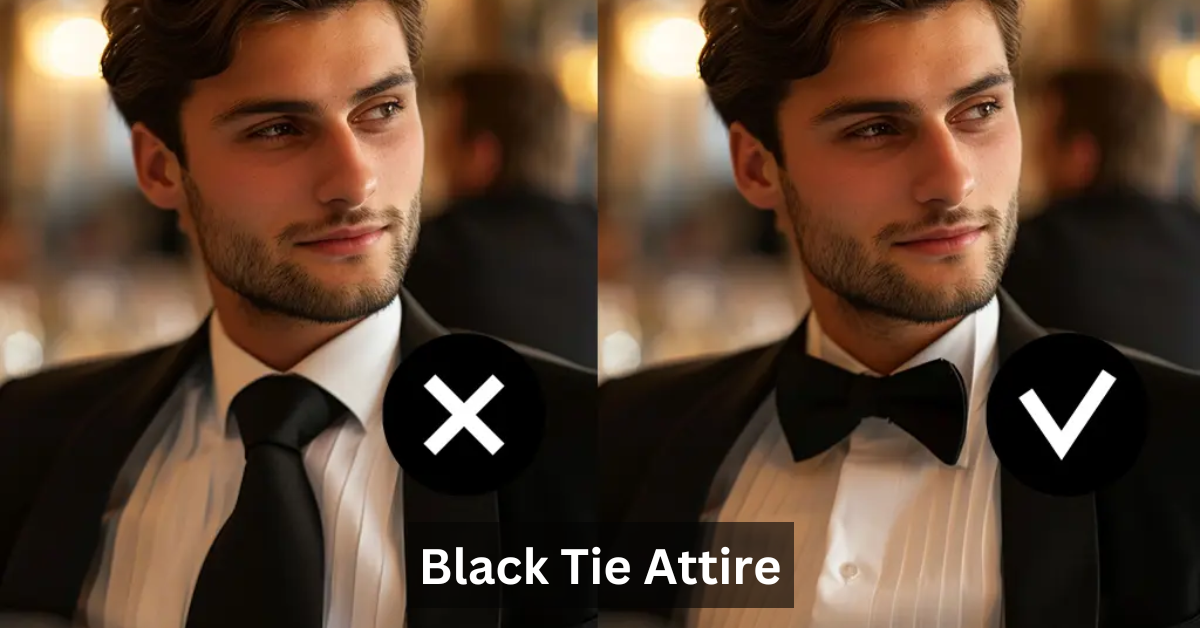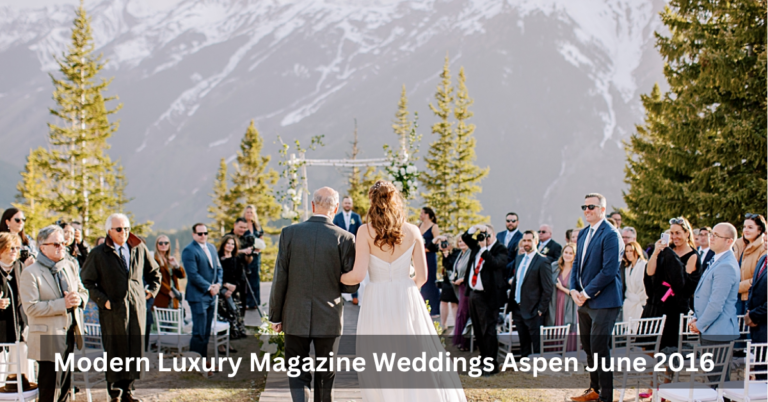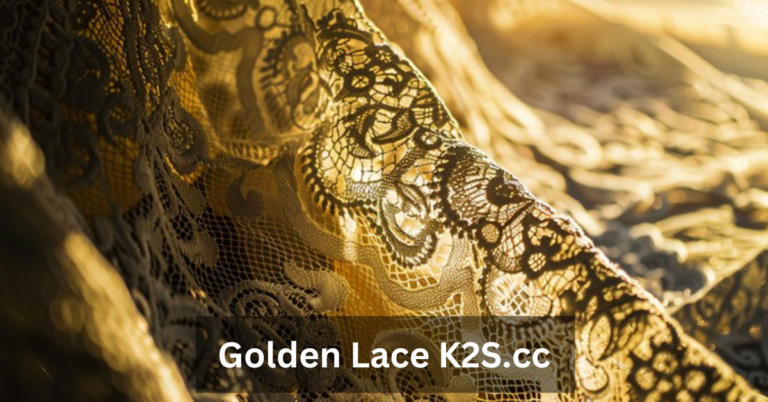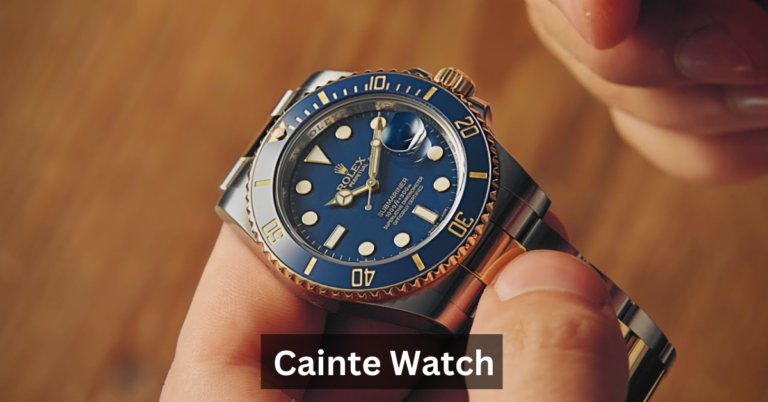Mastering Black Tie Attire: A Comprehensive Guide
Attending a black tie event is more than just dressing up; it’s an experience that reflects elegance, sophistication, and timeless style. Whether it’s a wedding, gala, or a formal dinner, black tie attire plays a crucial role in setting the tone for these high-class occasions. From the crisp tuxedos for men to the elaborate evening gowns for women, every detail matters. Understanding black tie dress codes allows attendees to exude confidence and feel comfortable in the knowledge that they are dressed appropriately for the occasion. Over time, the black tie dress code has evolved, yet it maintains its essence of formal elegance. Whether you’re stepping into the world of black tie for the first time or refining your approach, this guide will provide the insights needed to master this sophisticated fashion style.
What is Black Tie Attire?
Definition of Black Tie Attire
Black tie attire is the pinnacle of formal dressing, requiring a level of formality that surpasses most other dress codes. Originating in the late 19th century, black tie events signify an evening of refinement and upscale sophistication. This dress code is typically reserved for formal occasions, including weddings, galas, charity events, and other high-profile gatherings. The idea is to maintain a level of class that communicates respect for the event and its significance. Men wear tuxedos, and women often don elaborate evening gowns, ensuring a polished and cohesive look. Beyond the specifics, black tie attire creates an atmosphere where tradition meets contemporary style, making it a timeless choice for formal occasions.
History and Evolution
Historically, black tie evolved from the more formal white tie dress code, which required elaborate and restrictive outfits such as tailcoats and accessories like white gloves. As times changed, black tie became the more relaxed yet still formal option for evening events. In modern times, black tie attire retains its original purpose—exuding grace and refinement—while incorporating more flexibility. Today, contemporary interpretations of black tie attire allow individuals to personalize their looks within the boundaries of sophistication. Designers and fashion influencers continue to redefine black tie fashion, blending tradition with modern trends, resulting in a more diverse and expressive array of choices for both men and women.
Key Characteristics
Black tie attire is characterized by its elegance, formality, and understated luxury. Men traditionally don black or midnight blue tuxedos, paired with crisp white shirts, black bow ties, and patent leather shoes. Women wear floor-length evening gowns or sophisticated cocktail dresses made from rich fabrics like satin, silk, and lace. Embellishments such as embroidery, beading, and delicate embellishments enhance the overall look, adding a touch of opulence without overshadowing the occasion’s formality. Together, these elements create an atmosphere of refinement that aligns with the high standards expected at black tie events.
Black Tie Attire for Men
Tuxedo Essentials
The tuxedo is the cornerstone of black tie attire for men. It serves as a symbol of classic sophistication and is synonymous with formal elegance. Traditionally, men wear black tuxedos, featuring satin lapels and buttons that create a sleek, polished silhouette. Midnight blue tuxedos are also becoming more popular, offering a slightly modern twist on the classic style. These tuxedos are tailored to perfection, with a structured fit that accentuates a refined, elegant look. The overall aim is to achieve a sharp and clean appearance, maintaining balance with minimal distractions.
Shirt, Bow Tie, and Accessories
A crisp white dress shirt is the ideal complement to a tuxedo, offering a stark contrast to the dark fabric of the jacket and trousers. Paired with a black bow tie, this combination creates a timeless, elegant look that has been revered for decades. Accessories such as cufflinks, a pocket square, and a polished dress belt further enhance the overall ensemble. These small details might seem insignificant, but they contribute to the refined aesthetic that is expected at black tie events. Additionally, grooming plays a vital role—well-maintained facial hair, clean-shaven looks, or a neat hairstyle elevate the overall presentation, making the gentleman look composed and well put together.
Appropriate Shoes and Grooming
Patent leather shoes are the recommended footwear for black tie events, providing a glossy, sophisticated finish that complements the rest of the outfit. The reflective surface of patent leather shoes adds a sense of formality that pairs seamlessly with the rest of the tuxedo ensemble. Grooming is equally important—men should focus on maintaining polished shoes, trimmed facial hair, and a well-groomed hairstyle. Every detail contributes to the overall presentation of an elegant, polished gentleman.
Modern Interpretations of Men’s Black Tie
While the core elements of a tuxedo remain consistent, modern interpretations of men’s black tie offer subtle innovations. Velvet tuxedos have become increasingly popular for their luxurious texture, providing a rich, sophisticated look. Colored accessories such as ties, pocket squares, or lapel pins also allow men to add personal flair while still maintaining the formal essence of black tie attire. These modern twists reflect a balanced approach between tradition and contemporary style, allowing gentlemen to express themselves while adhering to the standards of a black tie event.
Black Tie Attire for Women
Dress Codes for Women
For women, black tie attire provides a platform for showcasing elegance while maintaining a high level of formality. The options are vast, ranging from opulent floor-length gowns to chic, sophisticated cocktail dresses. The goal remains the same: to exude grace and confidence while respecting the formality of the occasion. Women have the freedom to incorporate personal touches through fabrics, colors, and embellishments, all while adhering to the overall elegance associated with black tie events.
Fabrics and Styles
When selecting a dress for black tie events, luxurious fabrics are a must. Satin, silk, lace, and chiffon are ideal choices that provide both visual appeal and comfort. These fabrics reflect a level of refinement that is synonymous with black tie fashion. For example, satin gowns offer a smooth, shiny finish that adds to the sophistication, while lace provides a delicate, feminine touch. Embellished dresses, featuring intricate beading or embroidery, elevate the attire, adding an element of opulence that resonates with the formality of black tie events.
Color Options and Embellishments
While black remains a timeless and elegant choice, women have the freedom to explore jewel tones like emerald, ruby, and amethyst. These rich colors add vibrancy while still maintaining the refined atmosphere of black tie attire. Additionally, embellishments such as beading, sequins, or subtle embroidery enhance the overall allure of the dress, providing an additional layer of sophistication. It’s essential to strike a balance—ensuring the embellishments complement the dress without overwhelming it.
Choosing Between Short and Long Dresses
Traditionally, floor-length gowns are the preferred choice for black tie events, reflecting timeless elegance. However, modern interpretations allow for cocktail dresses, provided they maintain the event’s formal nature. A short black tie dress should still reflect sophistication, steering away from revealing styles. Instead, choose tasteful, knee-length dresses that uphold modesty while incorporating luxurious fabrics and subtle embellishments.
Accessories and Footwear
Accessories play a crucial role in completing the black tie look for women. Statement jewelry such as chandelier earrings or a statement necklace can add a touch of glamour, while clutches and evening bags provide functionality without compromising style. For footwear, strappy heels or elegant pumps are ideal, allowing women to walk comfortably while maintaining a high level of elegance. By carefully selecting accessories that complement the dress, women can achieve a cohesive, polished look that reflects their personal style while adhering to the black tie dress code.
Do’s and Don’ts of Black Tie Attire
Key Do’s
For those attending black tie events, several guidelines ensure a flawless look:
- Fabric Choice: Choose luxurious materials like satin, silk, and lace for dresses and tuxedos. These fabrics create a sense of opulence that aligns with the formality.
- Color: While black is a classic choice, jewel tones like emerald, ruby, and sapphire are also acceptable with host approval.
- Embellishments: Subtle embellishments such as beading, embroidery, or minimal sequins enhance the dress without stepping into overly extravagant territory.
Important Don’ts
On the other hand, certain elements should be avoided:
- Casual Fabrics: Materials like cotton or linen are too relaxed for black tie events and detract from the formal setting.
- Excessive Skin Exposure: Black tie attire demands modesty. Avoid dresses that are overly revealing or casual in nature.
Black Tie Attire for Weddings and Galas
Dressing for Black Tie Weddings
Weddings require a delicate balance between tradition and personal style. Women often opt for elegant gowns adorned with intricate lace or beading, while men stick to timeless tuxedos, adding personal touches through accessories.
Choosing Attire for Gala Events
Gala events are the epitome of glamour, with attendees donning lavish eveningwear and opulent accessories. Floor-length gowns and statement jewelry are staples for women, while men’s tuxedos may feature unique embellishments, creating an air of luxury and sophistication.
Case Studies and Real-life Examples
Throughout history, black tie attire has been celebrated on red carpets and at high-profile events. From Hollywood award ceremonies to royal galas, the essence of black tie remains intact—an invitation to showcase elegance, sophistication, and style.
Tips for Selecting the Perfect Black Tie Outfit
Considerations Based on Event Specifics
When selecting a black tie outfit, it’s essential to consider the specific nature of the event. Whether it’s a black-tie wedding, a gala, or a formal corporate event, understanding the setting will guide your choice. For weddings, it’s important to strike a balance between elegance and appropriateness, ensuring your attire doesn’t overshadow the bride. For galas, an opportunity to showcase opulence and creativity arises, allowing for more elaborate embellishments and unique styling. Corporate black tie events often emphasize professionalism, requiring refined outfits without excessive embellishments or overly casual elements. By tailoring your look to the event’s tone, you’ll ensure a polished, respectful, and fitting appearance.
How to Shop for Black Tie Attire
Shopping for black tie attire can be an exciting yet overwhelming experience due to the range of options available. Start by determining your style preferences—whether you prefer timeless classics or modern twists on traditional pieces. Research luxury fashion brands known for their eveningwear, such as Oscar de la Renta, Giorgio Armani, and Valentino, which offer a variety of high-end options that cater to black tie events. Additionally, try to visit stores or boutiques where experienced stylists can guide you through the process, ensuring that every detail aligns with the dress code.
Accessorizing Black Tie Outfits
Accessories are the final touch that transforms a simple outfit into a statement look. For women, statement jewelry, such as chandelier earrings or a jeweled clutch, can enhance the overall glamour. Men can elevate their tuxedo with stylish cufflinks, pocket squares, and unique ties. When choosing accessories, it’s important to maintain balance—avoiding pieces that overpower or clash with the primary attire. By carefully selecting accessories that complement rather than compete, you can create a cohesive, elegant look that resonates with the formality of black tie events.
Black Tie Attire and Modern Fashion Trends
Influences of Modern Trends on Traditional Dress Codes
While traditional black tie attire is deeply rooted in formality, modern fashion trends have introduced new elements that blend sophistication with contemporary style. Velvet tuxedos, metallic fabrics, and bold color palettes are some examples of how designers are redefining black tie fashion. For women, short dresses paired with statement heels and minimalist accessories are gaining popularity, offering a refreshing yet chic alternative to floor-length gowns. These modern interpretations respect the dress code’s essence while incorporating creative touches that reflect today’s fashion-forward society.
Incorporating Contemporary Styles into Classic Outfits
For those who appreciate both tradition and modernity, integrating contemporary elements into classic black tie outfits can result in a stunning look. Pairing a sleek, tailored tuxedo with a modern, unique accessory or incorporating a pop of color through a pocket square or belt adds a personal touch while staying true to the traditional aesthetic. Similarly, women can explore gowns with modern cuts, asymmetrical designs, or avant-garde embellishments that align with the event’s formality while offering a fresh perspective.
Conclusion
Mastering black tie attire is about balancing tradition with personal style, ensuring that every element complements the occasion’s formality. From selecting luxurious fabrics and timeless styles to integrating modern fashion trends, each detail plays a role in creating an ensemble that is both sophisticated and reflective of the event’s importance. Whether attending a wedding, gala, or formal gathering, understanding the nuances of black tie dress codes empowers you to make confident, polished choices. By following the dos and avoiding common pitfalls, you can confidently navigate the world of black tie attire, embracing the elegance and grace that it offers.
Frequently Asked Questions
Can I wear a color other than black?
Yes, jewel tones like emerald, ruby, and sapphire are acceptable, with host approval.
What is the difference between black tie and white tie attire?
Black tie is slightly less formal than white tie, allowing for more flexibility in styles and fabrics.
Can men wear a bow tie with a tuxedo?
Yes, a black bow tie is the traditional accessory for a tuxedo.
Is it acceptable to wear a short dress to a black tie event?
While floor-length gowns are preferred, cocktail dresses are now widely accepted, provided they maintain the event’s formality.
Should I wear formal or semi-formal shoes?
Patent leather shoes are recommended for men, while women should opt for elegant pumps or strappy heels.
Stay in touch to get more updates & alerts on EroMe! Thank you





